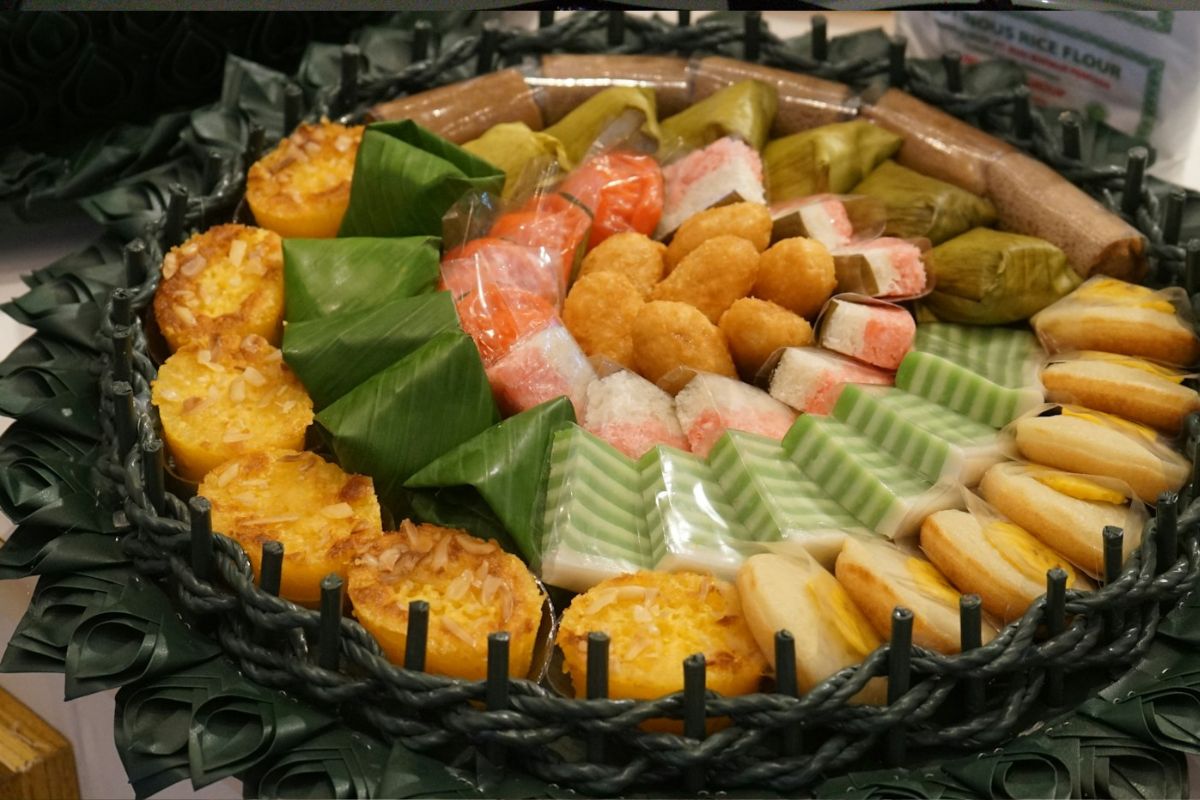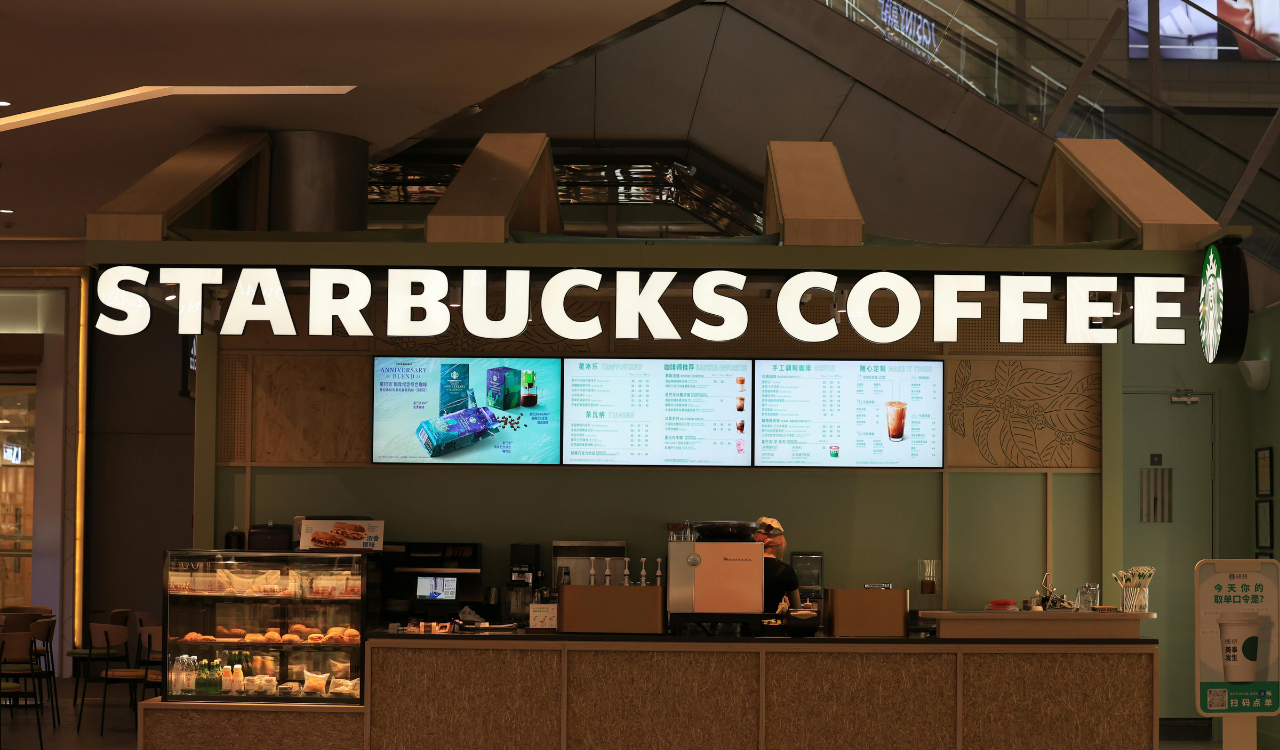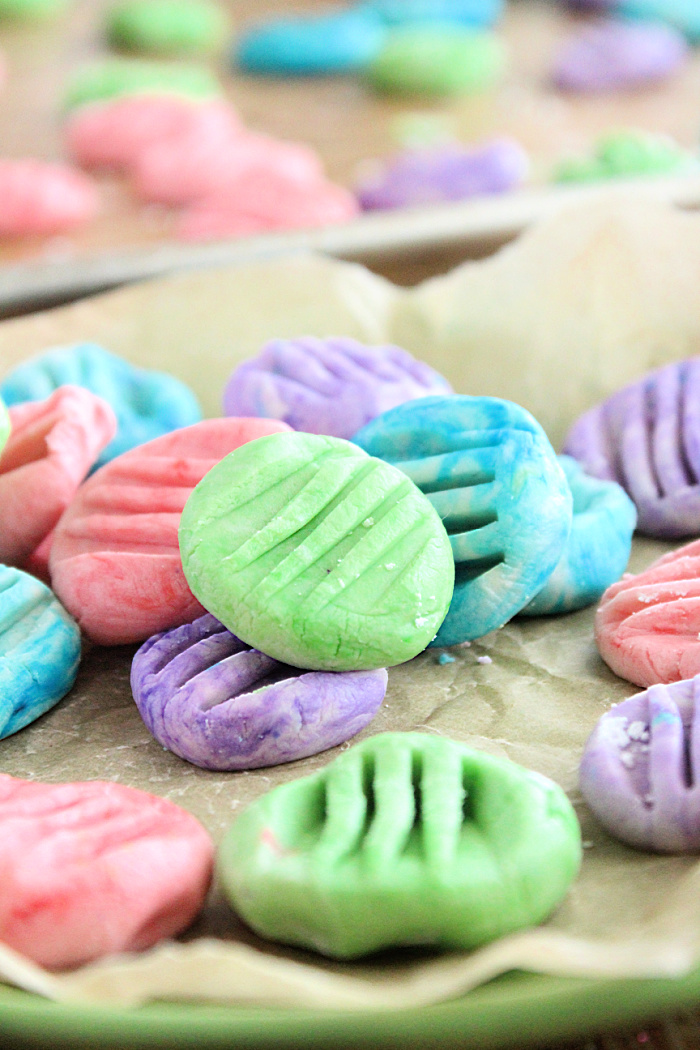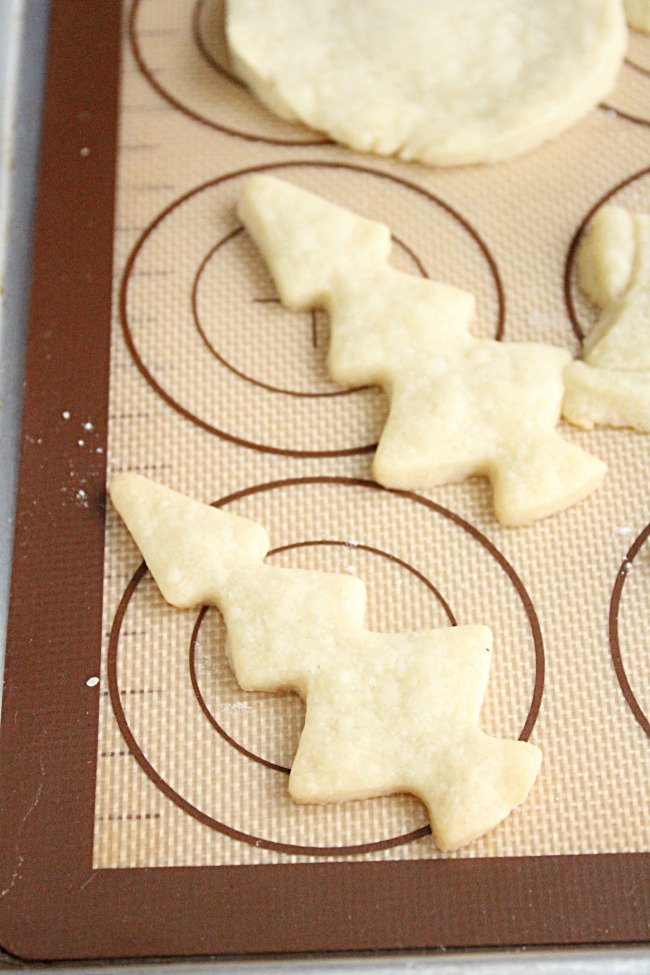The Science of Burger Doneness: From Smash to Thick Pub-Style
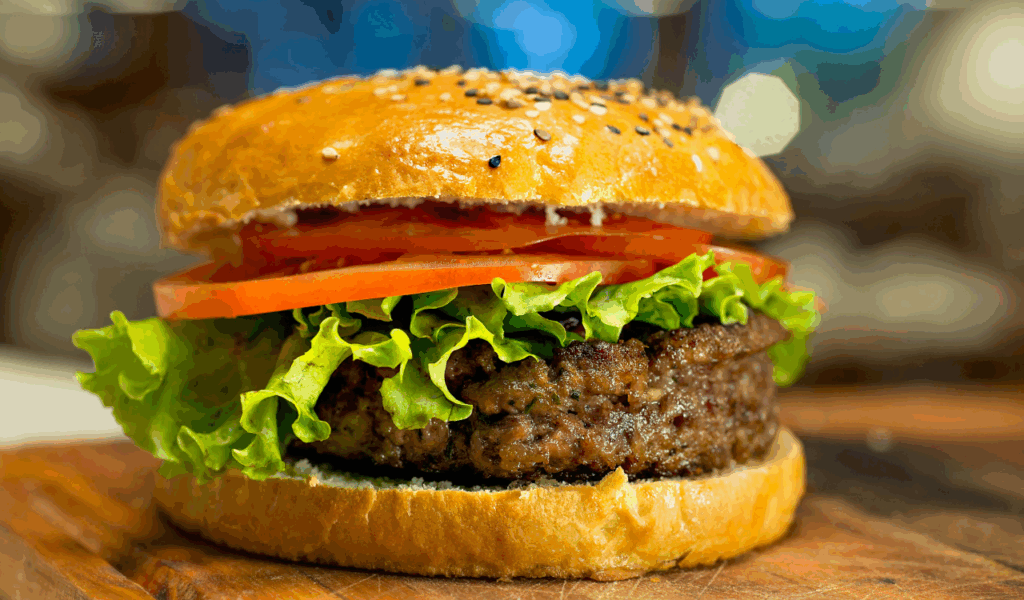
When you bite into a burger, a crispy crust gives way to succulent, flavorful meat, creating a moment of magic. However, how can that moment be reliably engineered? Understanding the science of doneness-temperature, chemistry, and heat transfer-can help you improve your burger game from guesswork to accuracy, whether you’re making thick pub-style burgers or smashing thin patties. Let’s dissect it, patty by patty.
Why Doneness Matters: Beyond Preference
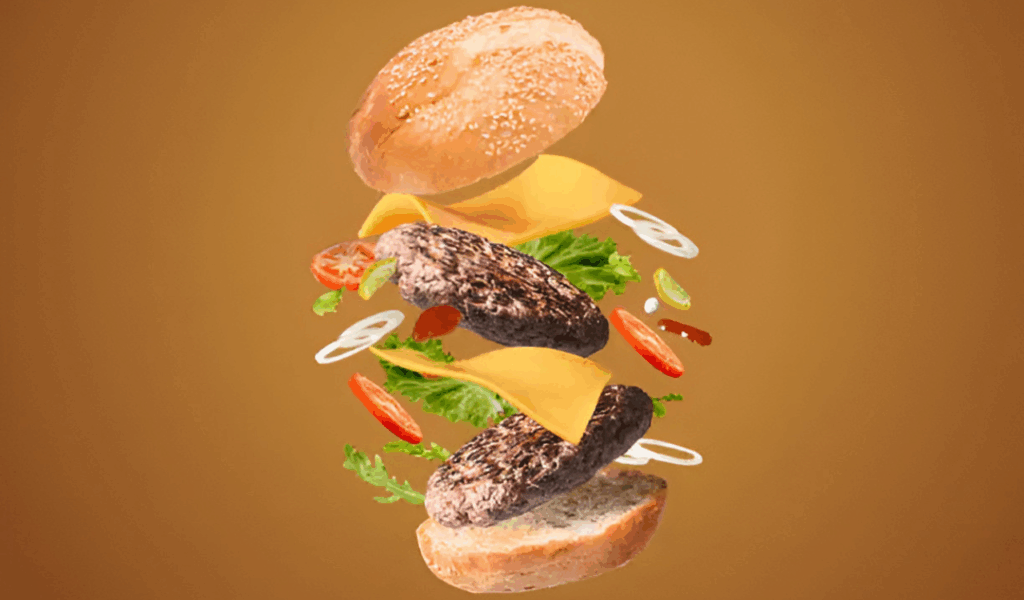
There’s more to doneness than just how “cooked” you like your burger. It is the intersection of texture, safety, juiciness, and flavor.
- Safety baseline: To reduce the risk of pathogens like E. coli, the USDA (as well as food safety authorities) advises that ground beef be cooked to an internal temperature of 160 °F (71 °C).
- The Maillard reaction, which is a browning reaction between sugars and amino acids, occurs on the surface of meat above about 300 degrees Fahrenheit as it heats up. It provides you with the desired savory, umami-rich crust. Gray, bland meat is the result of insufficient heat.
- Juiciness tradeoff: Heat causes structural changes in proteins, fats, and water. If you apply too much heat, the juice will be squeezed out; if you apply too little, the proteins won’t have sufficiently tightened to support the mouthfeel.
The “right” doneness for a thick pub-style burger and a smash burger differs due to differences in patties’ thickness, fat content, and grind. Let’s get started.
Smash Burgers: Thin, Fast, Fierce
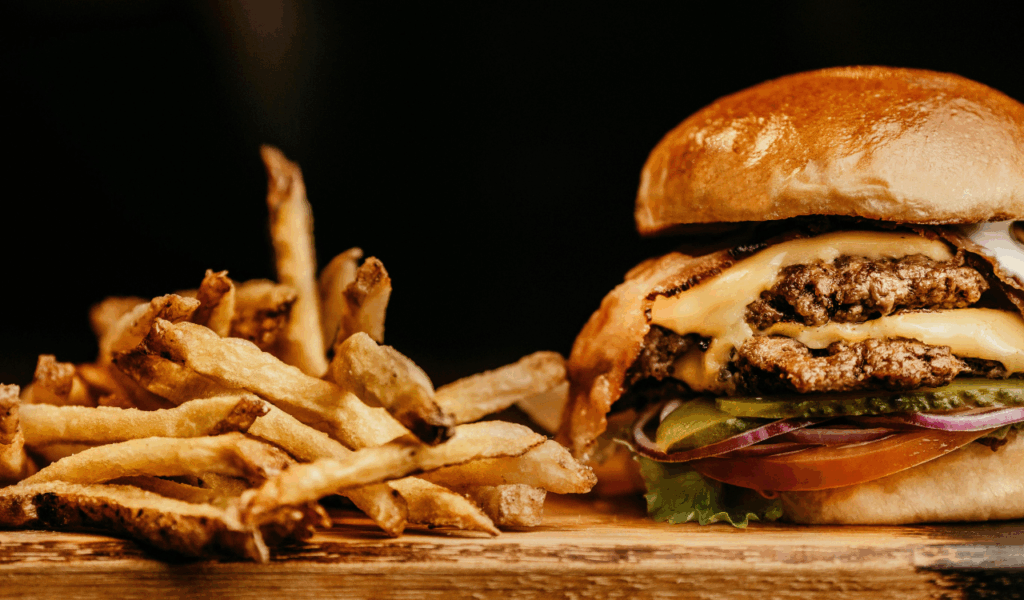
Think of a thin, crisp-seared burger that takes only a few minutes to prepare. Attacking the crust while preventing the interior from overcooking is a key component of the technique.
Heat & Crust: Go high or go home
The intense heat is the key to a delicious burger. To maximize surface contact, you smash the loose ball of beef flat as soon as it touches a screaming-hot griddle, which is typically between 400 and 500 °F (200 and 260 °C).
The Maillard reaction is accelerated by this extreme heat, quickly resulting in deep browning and flavor. The meat will steam and lose flavor if your griddle is too cold.
Internal timing: Quick but critical
Smash patties cook quickly because they are thin-typically less than ½ inch. Typically, the timing is:
- First side: about two to three minutes (until dark crust forms)
- Flip + second side: ~1–2 minutes (or until done).
Smash burgers’ internal temperature goals fall within the following usual ranges:
| Doneness | Internal Temp (°F) | Notes |
| Rare | ~120–125 °F | Very red interior (rare in smash due to thinness) |
| Medium-rare | ~130–135 °F | A bit pink center, juicy |
| Medium | ~140–145 °F | Pink center, firmer texture |
| Medium-well | ~150–155 °F | Little pink left |
| Well-done | ≥160 °F | No pink, drier texture |
Many chefs rely on visual cues, such as a deeply browned crust, clear juices, and a firm but slightly springy feel, because it can be difficult to use a thermometer because the patty is so thin.
Thick Pub-Style Burgers: Power, Patience, Precision
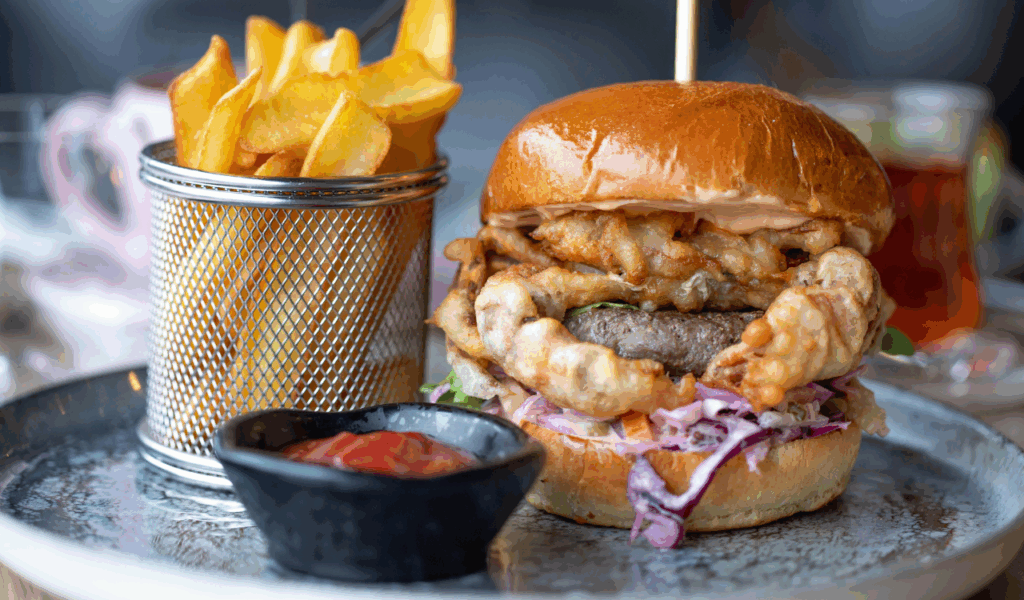
Burgers that are thick (typically ¾ to 1.5 inches or more) require a softer, more controlled technique in order to add depth without scorching the outside.
Reverse sear (or hybrid cooking)
Reverse searing is a contemporary method that involves cooking the burger in an indirect heat zone or low-to-moderate oven until the internal temperature is slightly below your desired level. For a crust, finish with a high-heat sear on a hot skillet or cast iron.
According to TastingTable, preheat the oven, cook the patties until they are almost done, let them rest, and then sear them for 60 to 90 seconds on each side.
By using this technique, there is less chance that the outside will become overcooked before the interior reaches your doneness endpoint.
Heat gradation & carryover
In essence, you must balance multiple layers of heat transfer when preparing a thick burger:
- Heat moves inward from the surface through conduction.
- Convection plus internal diffusion: a slow warming of the core
- Carryover cooking: as the internal heat redistributes after you remove it, the internal temperature may increase by 3 to 5 °F.
Therefore, you could pull the burger at about 135 to 137 degrees Fahrenheit and allow it to finish cooking while resting if you want it at 140 degrees.
Doneness table and expectations
Burgers that are thicker can have a more complex texture. In general, temperature results in thicker patties as follows:
- Medium-rare: ~130–135 °F -pink with juice
- Medium: ~140–145 °F -modest pink
- Medium-well: ~150–155 °F -slight pink
- Well-done: ≥160 °F -fully cooked through
These figures are in line with standard burger recommendations.
You can adjust the searing time to get crust without burning, and the thick patty gives you breathing room because you’re less likely to overshoot too quickly.
What Changes Between Smash and Thick?
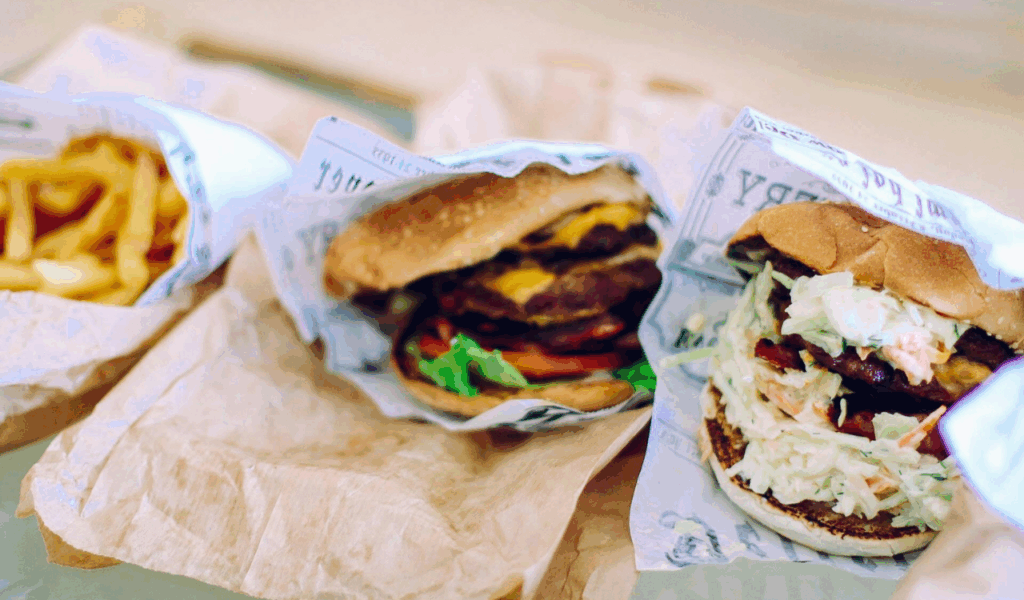
Here’s a quick contrast:
| Feature | Smash Burger | Thick Pub-Style Burger |
| Thickness | ~¼” (~0.6 cm) | ~¾” to >1″ (2–3+ cm) |
| Cooking time | ~3–5 min total | 7–15+ min depending on method |
| Crust formation | Front-loaded, high heat | Crust added at sear step |
| Doneness control | Harder via thermometer (thin) | Easier thermometer reading |
| Risk of overcooking | High (thin interior) | Lower if paced correctly |
Burgers also rely largely on their grind and fat content. A mixture with about 20–30% fat improves juiciness and aids in crust formation. Blends that are leaner typically dry out more quickly.
Tips to Hit the Sweet Spot
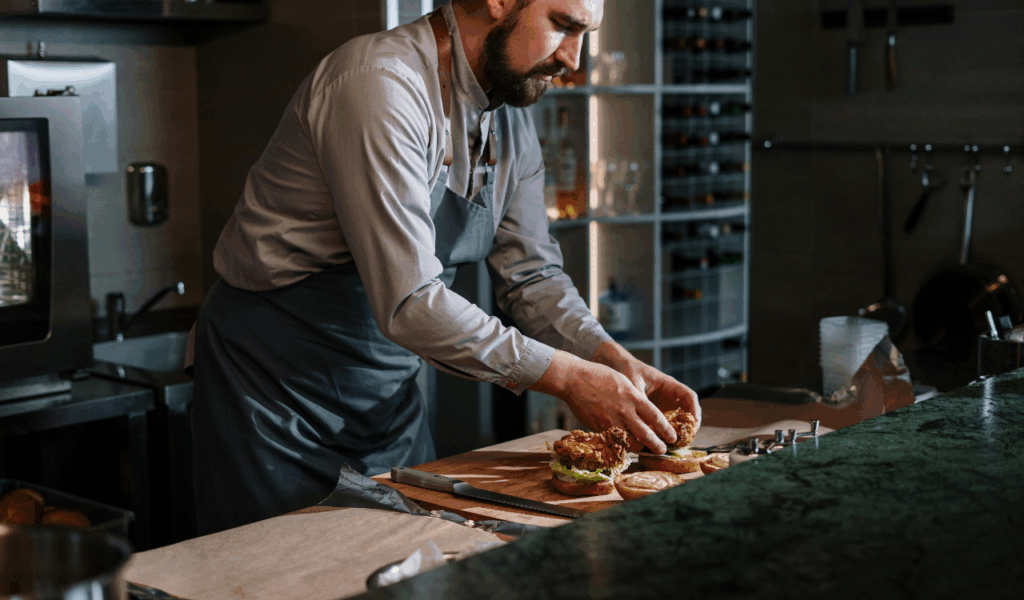
Here are some practical tactics you can use:
- Start patties cold but not icy: Patties that are too cold risk burning the crust before the heat diffuses.
- Make sure to fully preheat your surface because it takes minutes for the heat to stabilize in cast iron pans and griddles.
- Avoid packing the pan too full because this lowers the surface temperature and damages the crust.
- Season late or wisely: For smash, season immediately after smashing; salt attracts moisture. For thick patties, marinate wisely or salt early.
- Make use of a trustworthy digital thermometer: Place it laterally in the middle of thick burgers.
- Give it time to rest: Give your burger three to five minutes to allow the juices to redistribute, or longer if the patties are very thick.
- Modify the sear time: Reduce the heat if the crust is forming too quickly; increase the heat or finish in the oven if the inside is lagging.
Why It All Matters

Your burger tastes richer when the doneness is perfect, not just “less raw” or “less cooked”:
- Layers of savory, nutty notes are added by the Maillard crust.
- The interior retains its texture and juices when cooked properly.
- You lessen the possibility of the meat being dry or underdone.
- Instead of depending solely on chance, you can duplicate success, burger after burger.
You can stop speculating and begin creating delectable food once you comprehend how heat, thickness, and timing interact.
Therefore, the next time you cook a burger, whether it’s a thick pub classic or a hot-smash, take a moment to think about your thickness strategy, keep an eye on your temperature, and let the science do the work.
References
- “The Best Technique to Cook Thick, Restaurant-Style Burgers,” TastingTable (Tasting Table)
- “The Ultimate Guide to Cooking Smash Burgers: Temperature and Techniques,” Sauce & Bites (SauceAndBites)
- “What Temperature to Cook Smash Burgers?” Chef’s Resource (Chef’s Resource)
- “Burger Science: Grind Ratios, Blends, Smash vs Thick & Safe Temps,” Meatman (Meatman®)
- “Hamburger Internal Temperature: Perfect Guide,” The Grilling Dad (The Grilling Dad)
- “Burger Internal Temp: Blue Rare to Well Done,” WebstaurantStore (WebstaurantStore)
- “Just Right (For You): A Quick Guide on Levels of Burger Doneness,” Burger Republic (Burger Republic)
- “Hammering Burger Doneness: The Ultimate Guide,” KitchenJournal (KitchenJournal)
- “Burger Temperature Guide: Ensure Safe and Tasty Cooking,” The Spruce (The Spruce Eats)
- “Minimum Internal Temp of a Burger,” Cozymeal (Cozymeal)
